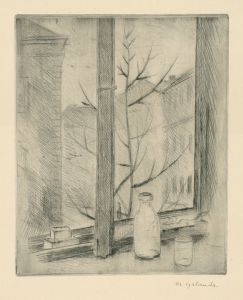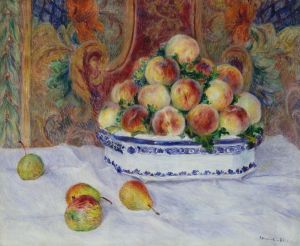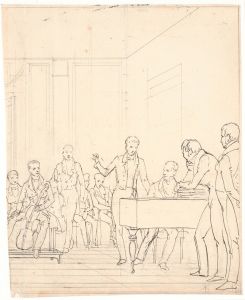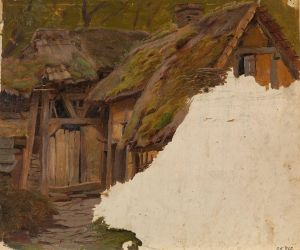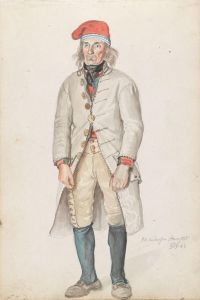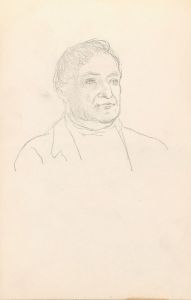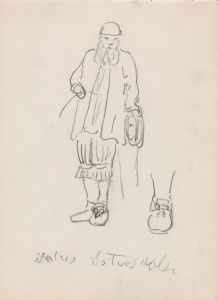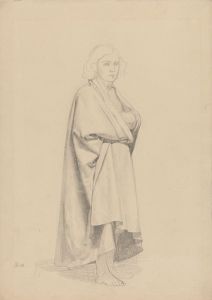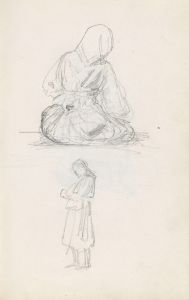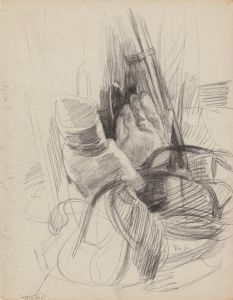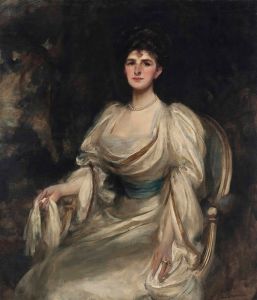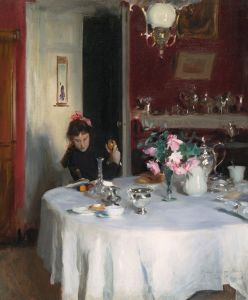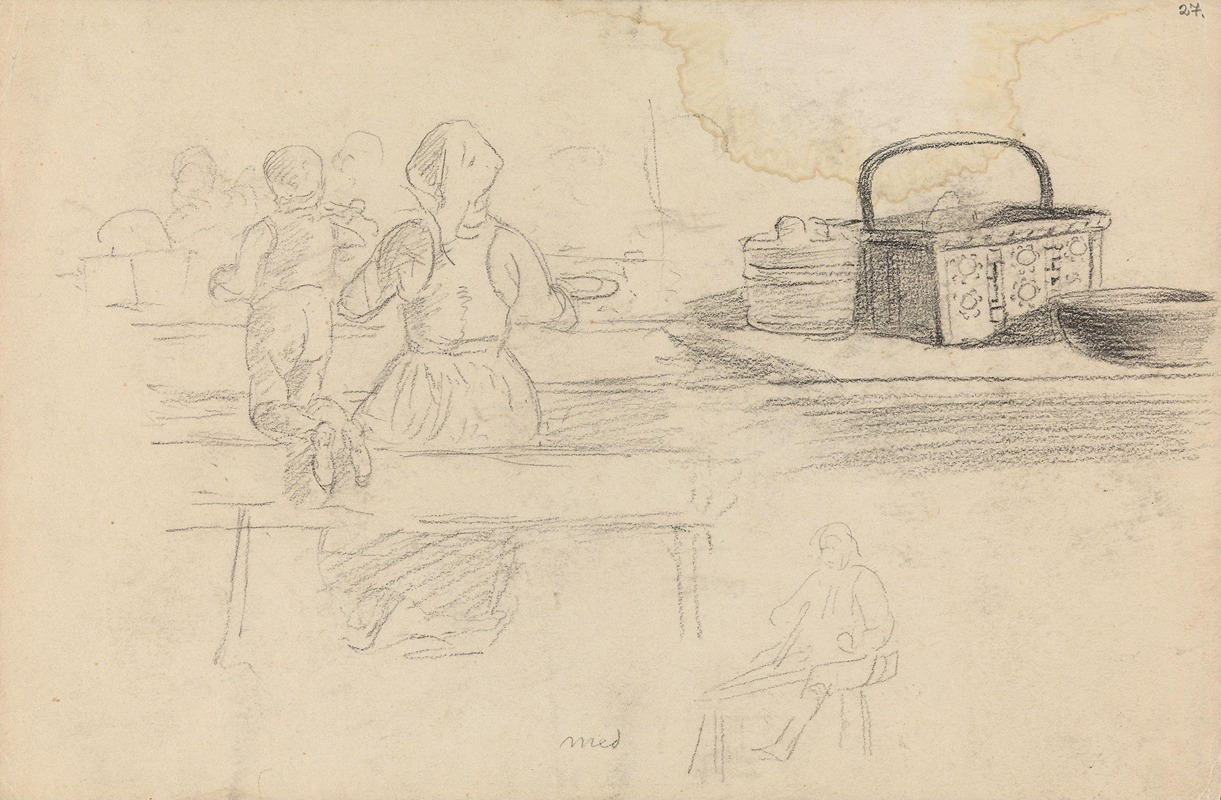
Ryggvendt kvinne og gutt ved bord; gjenstander på bord; en lagger
A hand-painted replica of Adolph Tidemand’s masterpiece Ryggvendt kvinne og gutt ved bord; gjenstander på bord; en lagger, meticulously crafted by professional artists to capture the true essence of the original. Each piece is created with museum-quality canvas and rare mineral pigments, carefully painted by experienced artists with delicate brushstrokes and rich, layered colors to perfectly recreate the texture of the original artwork. Unlike machine-printed reproductions, this hand-painted version brings the painting to life, infused with the artist’s emotions and skill in every stroke. Whether for personal collection or home decoration, it instantly elevates the artistic atmosphere of any space.
Adolph Tidemand (1814-1876) was a renowned Norwegian painter, best known for his depictions of Norwegian folk life and historical scenes. One of his notable works is "Ryggvendt kvinne og gutt ved bord; gjenstander på bord; en lagger," which translates to "Woman and Boy at Table Seen from Behind; Objects on Table; a Barrel."
This painting exemplifies Tidemand's meticulous attention to detail and his ability to capture the essence of everyday life in Norway during the 19th century. The scene portrays a woman and a boy seated at a table, viewed from behind. The table is adorned with various objects, and a barrel is also present in the composition. The use of light and shadow in the painting highlights Tidemand's skill in creating a realistic and intimate atmosphere.
Tidemand's works are often characterized by their ethnographic accuracy, as he was deeply interested in documenting the customs, costumes, and interiors of rural Norway. This painting is no exception, as it provides a glimpse into the domestic life of the time. The clothing of the figures, the furniture, and the objects on the table are all depicted with great care, reflecting Tidemand's dedication to authenticity.
Adolph Tidemand was born in Mandal, Norway, and studied art in Copenhagen and Düsseldorf. He became a central figure in the Düsseldorf school of painting, which was known for its detailed and realistic style. Throughout his career, Tidemand traveled extensively within Norway, gathering inspiration and material for his paintings. His works played a significant role in shaping the national identity of Norway during the 19th century, as they celebrated the country's rural heritage and traditions.
"Ryggvendt kvinne og gutt ved bord; gjenstander på bord; en lagger" is a testament to Tidemand's ability to convey the quiet dignity and simplicity of rural Norwegian life. The painting invites viewers to reflect on the daily routines and the cultural context of the period. It also underscores Tidemand's contribution to the preservation and appreciation of Norwegian folk culture through his art.
Today, Adolph Tidemand's paintings are held in high regard and can be found in various museums and collections, both in Norway and internationally. His work continues to be studied and admired for its historical significance and artistic merit.





